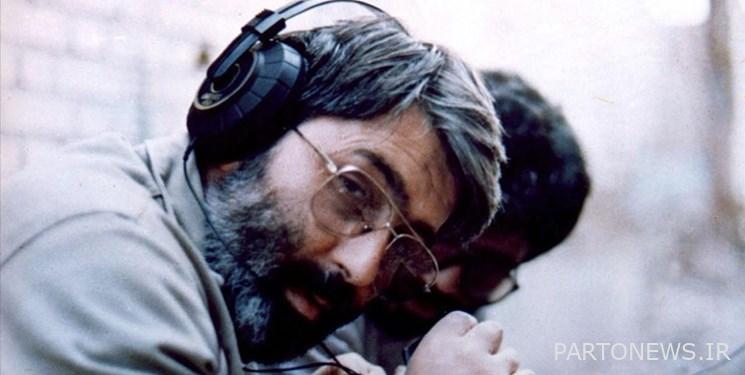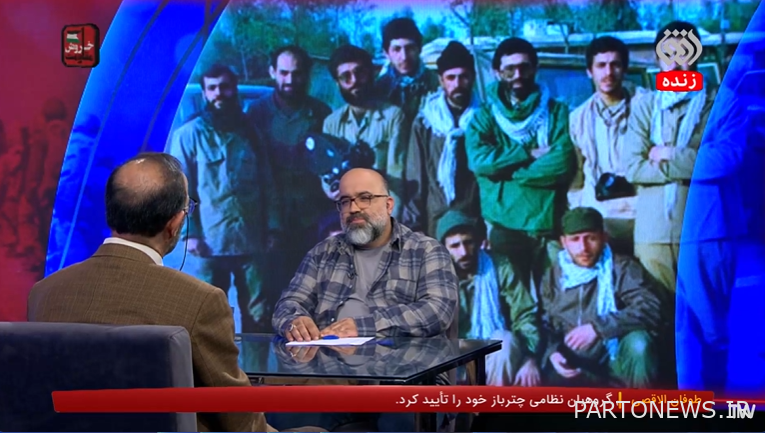What would Martyr Avini do for Palestine if he were today?

According to Fars News Agency’s Radio and TV reporter, Mehdi Homayounfar, the former director of the film narrative of Fatah and a colleague of Martyr Seyyed Morteza Avini in the works of Narrative Fatah, said in the program “Fath of Palestine” in response to a question about the possible reaction of Martyr Seyed Morteza Avini to the issue of Palestine today. : Seyed Morteza Avini was both a great artist and an extremely emotional person. Certainly, at this point, he would dedicate his whole life to Palestine in order to fulfill his duty regarding what is happening in the scene of Islam and this confrontation between right and wrong, Islam and disbelief.. As a filmmaker and someone who studied architecture, as soon as the war started in 1359, he stopped all his work and devoted himself to the issue of holy defense. As long as the war was not over, with all the interests he had, he put them under his feet and did what he thought was his duty, and the product of those collections of truth and narration was conquered.
He also said about cooperation with Seyed Morteza Avini in various documentary series: For the children of Jihad TV Group, with the end of the war and the acceptance of the resolution, it seemed that there was no motivation left to do documentary work about the war. At that time, the only image of confrontation between Islam and infidelity in our opinion was between Hezbollah and the Zionist regime. Hezbollah was a small group that had just been established, and after the Zionist regime entered southern Lebanon in 1982, a large part of Lebanon was taken over.

Homayunfar continued: At that time and in the situation of internal conflicts in Lebanon, a small group called Hezbollah was trying to find its place and position in the confrontation with Israel.
Regarding his first encounter with Hezbollah, he also stated: In order to record the truth about that time and the role of Seyyed Morteza Avini, we must remind that the documentary style of Seyed Morteza Avini, which we also witness in Fatah’s narrative, is physical and necessary presence. He was not in the scene. Sometimes he helped with very simple tasks. During the trip to Lebanon, we were supposed to go to Lebanon with the children who were nurtured by Avini’s thought, the physical presence of Morteza. We filmed for almost two months during that trip, we were already familiar with the subject based on the information of friends, and the product of this trip was the first collection of “Nasim Hayat”.
end of message/
You can edit this article
Suggest this article for the first page

